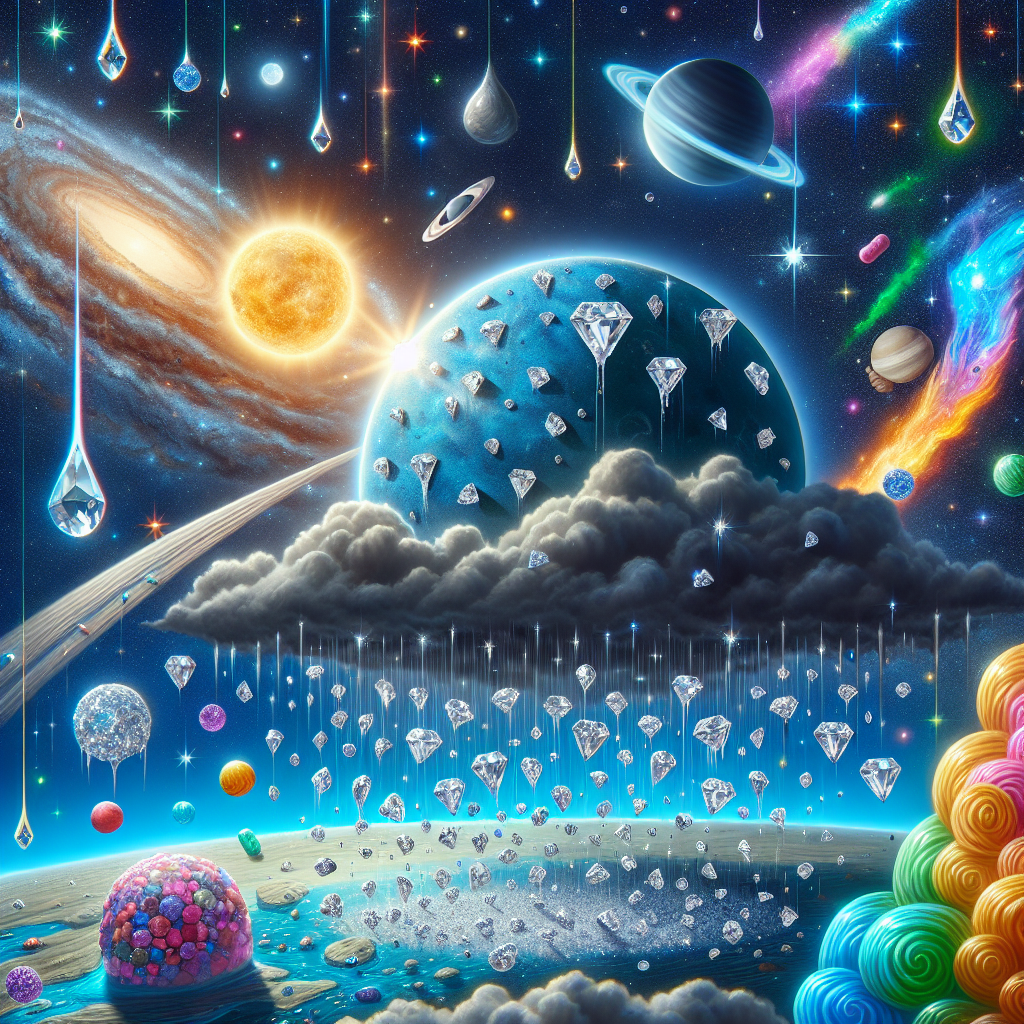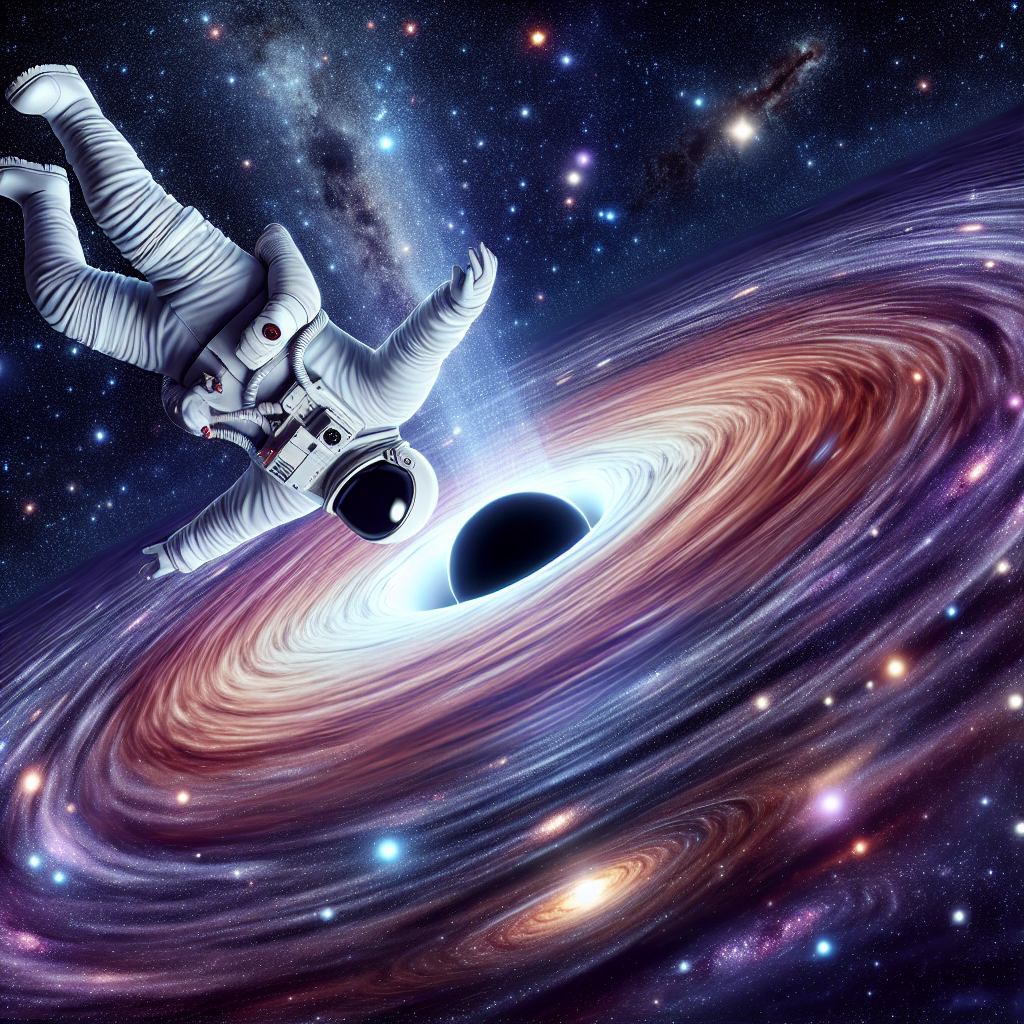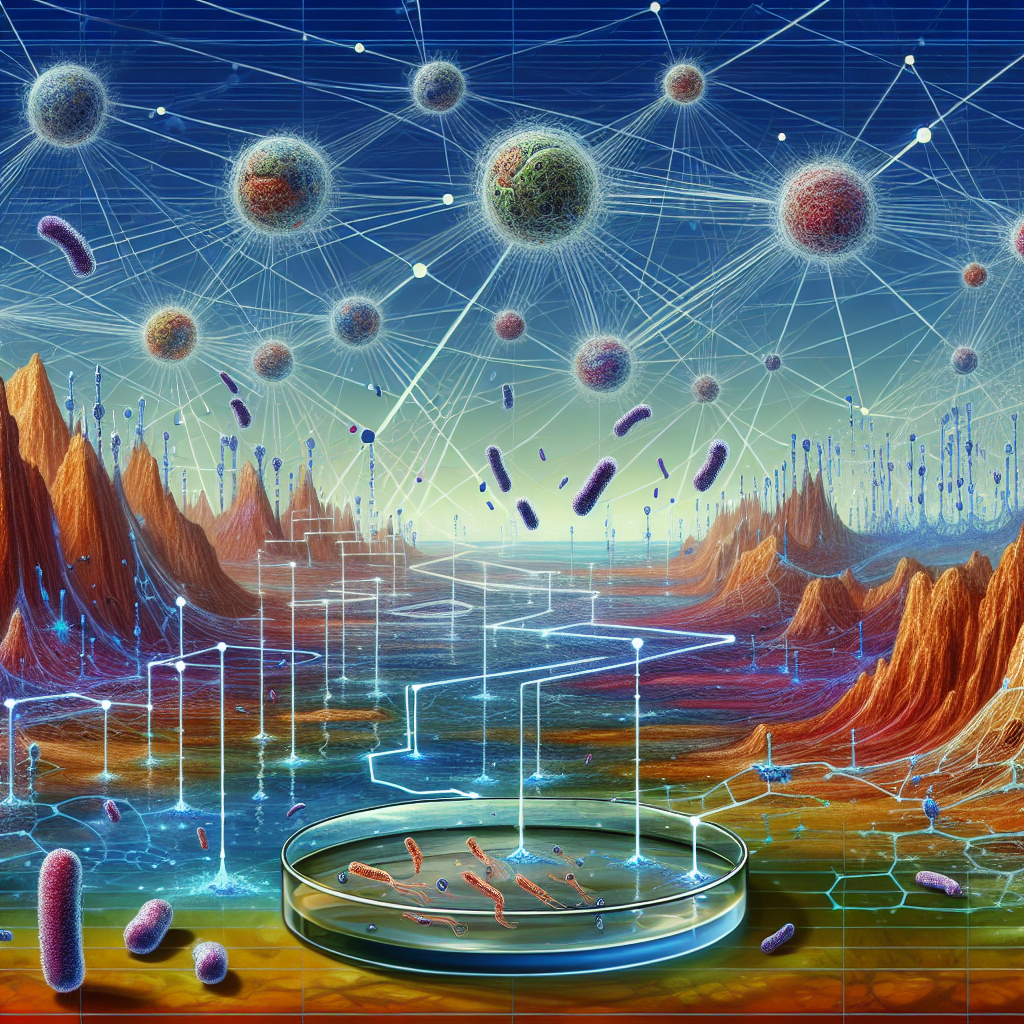Science has never been short on imagination — or madness. Some of the world’s most groundbreaking discoveries were born not from careful planning, but from experiments so bizarre they sound like the setup to a joke. From frogs that twitched under lightning to scientists who infected themselves with deadly bacteria, the strangest experiments often reveal just how far curiosity can push the human mind — and how many of our modern comforts we owe to these wild ideas that, against all odds, actually worked.
One of the earliest examples dates back to the 18th century, when Luigi Galvani noticed something strange while dissecting frogs. When a metal scalpel touched the frog’s legs during a lightning storm, they twitched as if alive. Convinced that electricity was the “spark of life,” Galvani’s bizarre discovery inspired both science and fiction — giving birth not only to the field of bioelectricity but also to Mary Shelley’s Frankenstein. What started as an eerie coincidence in a dark laboratory became one of the foundations of modern neuroscience and cardiac science — after all, pacemakers work by electrically stimulating the heart, much like Galvani’s frogs.
Fast forward to the 20th century, and science became even stranger. In the 1960s, a NASA-funded project attempted to teach dolphins to speak English. Researcher Margaret Howe Lovatt lived in a partially flooded house with a dolphin named Peter for weeks, hoping that constant human contact would encourage speech-like sounds. While the experiment eventually ended in controversy and scandal, it revealed something fascinating about animal communication and cognition. The research, however unorthodox, paved the way for later breakthroughs in interspecies communication and marine intelligence.
Another peculiar — and terrifyingly risky — experiment came from Australian scientist Barry Marshall in the 1980s. At the time, doctors believed stomach ulcers were caused by stress or spicy food. Marshall, however, suspected a bacterium called Helicobacter pylori was to blame. Frustrated that no one believed him, he drank a culture of the bacteria himself. Days later, he developed severe gastritis, effectively proving his point. His self-experimentation changed how medicine understood stomach disease — and won him a Nobel Prize in 2005. It’s hard to imagine a stranger way to make scientific history.
Then there’s the story of the accidental discovery of penicillin, which began with a messy laboratory and a bit of luck. In 1928, Alexander Fleming left petri dishes of bacteria uncovered — only to find later that a mold had killed the colonies. Instead of discarding it, he investigated further and found that the mold secreted a substance lethal to bacteria. This strange contamination led to the first antibiotic, revolutionizing modern medicine and saving millions of lives. Sometimes, it turns out, scientific sloppiness is a virtue.
Even physics has its share of eccentric triumphs. Take the “double-slit experiment,” which seems simple: shine light through two slits and observe the pattern. But what scientists found defied logic — particles behaved like waves until they were observed, at which point they acted like solid matter. This experiment revealed the mysterious world of quantum mechanics, where reality itself seems to depend on whether or not someone is watching. It’s one of those results that seems too strange to be true, yet has been proven time and again.
Of course, not every odd experiment involves lightning bolts or bacteria. In the 1960s, psychologist Stanley Milgram wanted to understand obedience to authority. He asked volunteers to administer what they believed were electric shocks to others when ordered to do so. The results — that ordinary people would harm others when instructed by authority figures — were deeply unsettling but profoundly important. Though ethically controversial today, Milgram’s strange setup reshaped psychology, ethics, and our understanding of human nature.
What all these experiments share is a willingness to explore the unknown — even when it seems absurd. They remind us that science isn’t always neat or predictable. Sometimes it’s messy, risky, or even a little mad. Yet it’s often those strange ideas — the ones that sound impossible or ridiculous — that end up changing the world. Whether it’s a twitching frog leg, a talking dolphin, or a petri dish left out too long, history shows that curiosity, even the strangest kind, remains the most powerful force in science.





